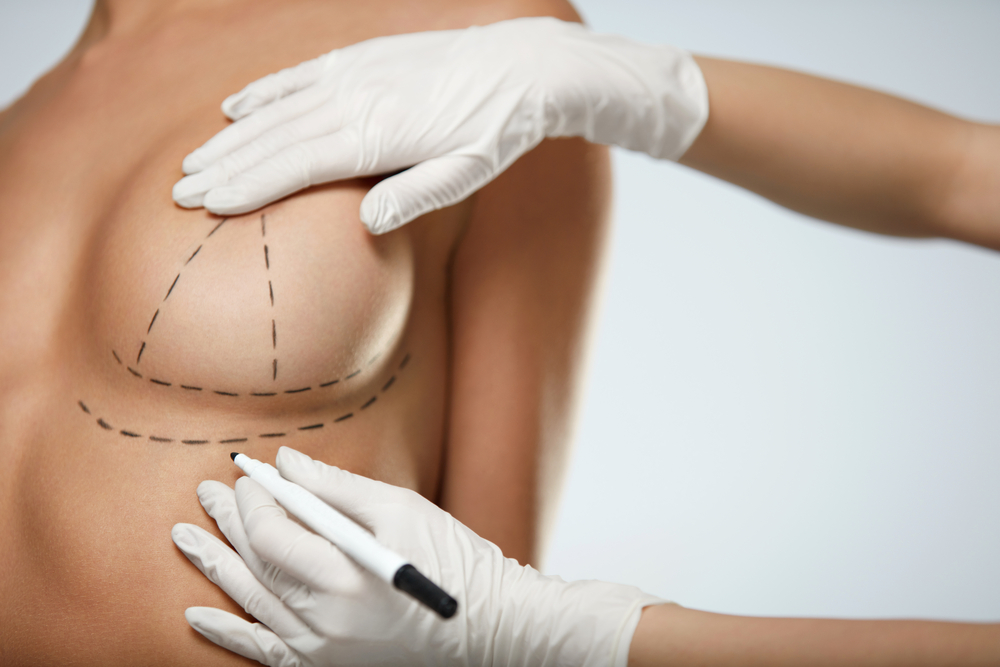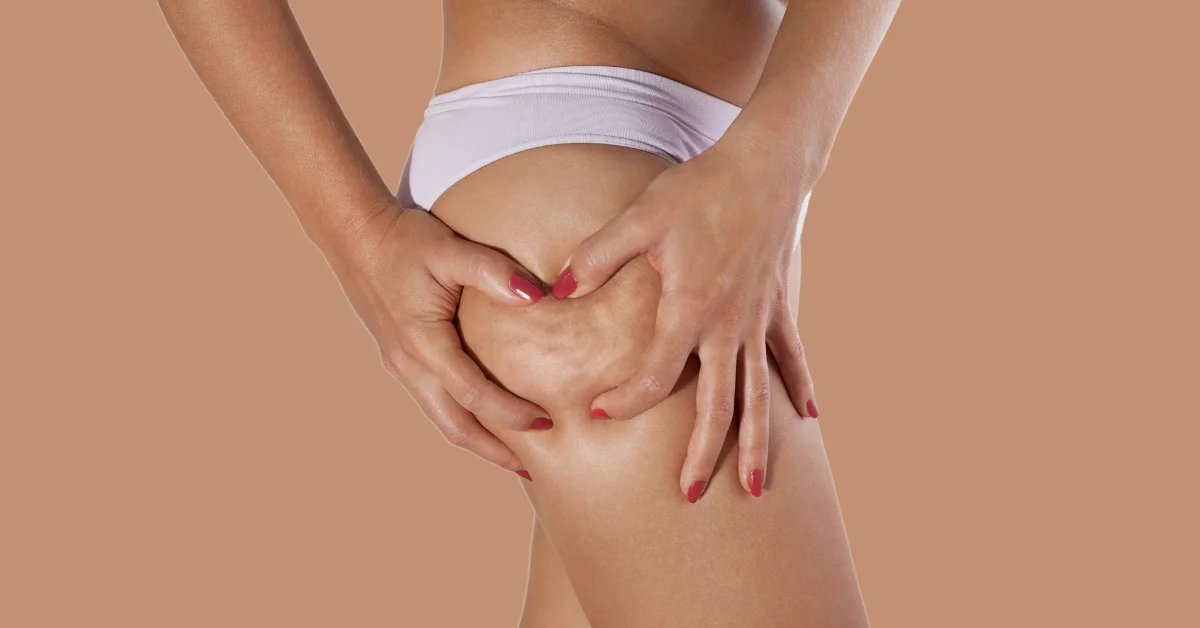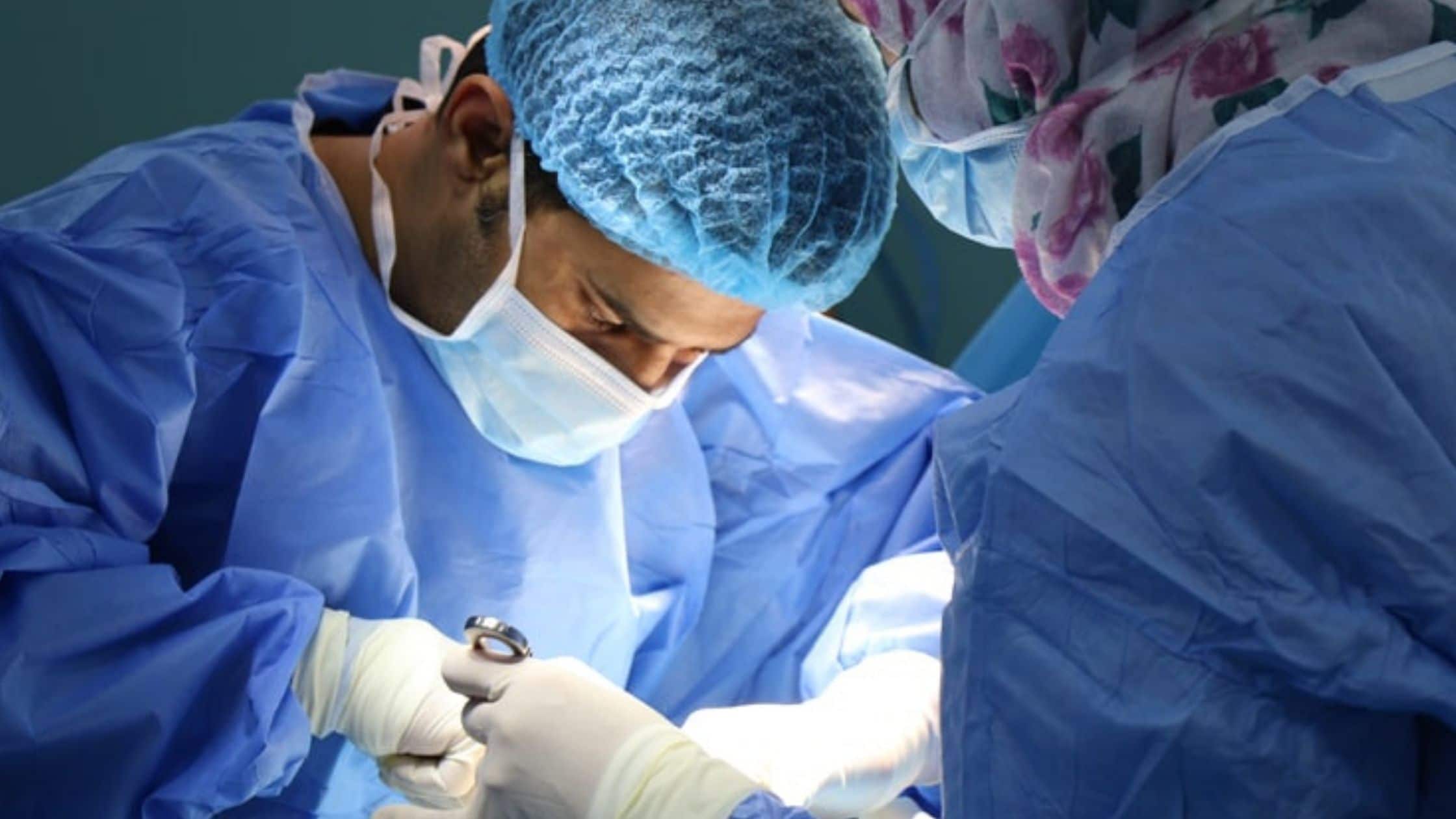Once a thing of science fiction, regenerative medicine is now a reality and facial plastic surgeons are among the first to explore the new options it presents.
Regenerative medicine is the stimulation of the body’s own cells to induce and promote healing. One such technique, platelet-rich plasma (PRP) therapy, shows promise in the fields of hair transplantation and skin rejuvenation.
Last month, surgeons gathered in Nashville for the annual meeting of the American Academy of Facial Plastic and Reconstructive Surgery (AAFPRS). We spoke to participants about this exciting new field of research in regenerative medicine.
What is platelet-rich plasma (PRP) therapy?
PRP injections are prepared using a few tubes of the patient’s own blood, which after being centrifuged are injected into the treated areas, releasing growth factors that increase the proliferation of reparative cells.
According to clinical studies done by the New York Hospital for Special Surgery, “PRP injections have improved function and decreased pain to various maladies, including — but not limited to — elbow, wrist, shoulder, hip, knee, and ankle tendonosis. Early work is also showing promise for osteoarthritis.”
The use of PRP first began in sports medicine and dentistry. “In oral surgery and dentistry, these substances have been considered to aid in the successful grafting of bone into areas of the facial skeleton,” says Dr. Fred Fedok, president of the AAFPRS. “In the field of sports medicine, there is widespread use of PRP in the management of arthritis, joint injuries, and tendon repair.”
Although much of the science behind PRP is still in its infancy, plastic surgeons are already showing keen interest in the therapy’s regenerative potential. “Since platelet-rich plasma is derived from the patient’s own blood, there are no issues with compatibility,” says Fedok.
Many specialists also find that PRP is relatively simple to use for the promotion of growth and healing in the face and scalp. That said, the jury is still out on the effectiveness of PRP treatments.
“Although there is limited concrete-hard science supporting the use of PRP at this time, there is growing evidence that it enhances the success rate of hair transplantation, and slows hair loss in patients with several different kinds of alopecia,” says Fedok.
Beyond hair loss treatments, PRP can also be used to treat wrinkles and sun damage. There is also evidence to suggest that this treatment can improve the success rates of fat transfer procedures.
PRP injections for hair transplantation and regrowth
“We’ve seen a lot of success with PRP in hair transplantation; it’s been proven to make hair grow better and faster when combined with the surgical part of the hair restoration procedure,” says Dr. Samuel M. Lam, a Texas-based facial plastic surgeon who co-chaired the AAFPRS’s meeting last month. “I use PRP injections almost every day during hair transplant surgery. It’s invaluable as a fertilizer for improved graft growth.”
“PRP is invaluable as a fertilizer for improved graft growth.”
-Dr. Samuel M. Lam
As for the effectiveness of PRP as a standalone procedure for hair growth without surgery, Lam says he “definitely sees improvement,” although surgeons don’t have consistent outcomes or protocols for that yet.
“It appears that PRP is effective for male and female pattern hair loss in around 70% of cases,” says Dr. Jeffrey Epstein, a Miami based facial plastic surgeon who uses PRP for hair transplantation and as a stand-alone procedure. “We’ve seen shedding slow down or stop altogether.”
In Epstein’s experience, PRP not only slows shedding, but can even reverse the miniaturization process that occurs with male and female pattern hair loss. “Finer hairs become thicker, creating the appearance of a fuller head of hair,” he says. “In addition, studies have shown that PRP is effective for alopecia areata [spot baldness].”
Nearly all of Epstein’s hair transplant patients undergo PRP treatment at the time of their transplant. “PRP seems to accelerate recovery and enhance overall hair re-growth,” he says.”Furthermore, it definitely lowers the risk of shock loss — the temporary shedding of the original hairs.”
What many experts like Epstein have also noticed is that PRP seems to be an effective way to help slow down the progression of hair loss in the future.
For all its success, PRP is not a miracle, nor does it contain stem cells, a term that is often used to promote the procedure but which is not wholly accurate, emphasizes Epstein. “Actual stem cells may have a role in treating hair loss; we just completed the first ever approved FDA study on this, but results are months away.”
Another hair restoration specialist for whom PRP has become essential before, during, and following a hair transplant is New Jersey dermatologist Dr. Jeffrey Rapaport.
“I think it’s a breakthrough because it’s a natural substance that can regrow hair, with virtually no side effects,” says Rapaport. “It’s also used to speed up the healing process in any procedure that disrupts the epidermis, such as a laser and micro needling, and by orthopedic surgeons for tendon injuries and bone recreation.”
“PRP is a breakthrough because it’s a natural substance that can regrow hair, with virtually no side effects.”
-Dr. Jeffrey Rapaport
Before and after PRP hair restoration
While some skepticism surrounding the treatment remains, many patients and surgeons are thrilled with their results.
A 2014 study of 20 PRP patients, published in the Journal of Cutaneous and Aesthetic Surgery, found that the injections were effective in the treatment of androgenetic alopecia in both males and females, without remarkable adverse effects. It also reported high patients’ satisfaction rates.
Rapaport provides the following before and after pictures of actual PRP hair restoration patients.
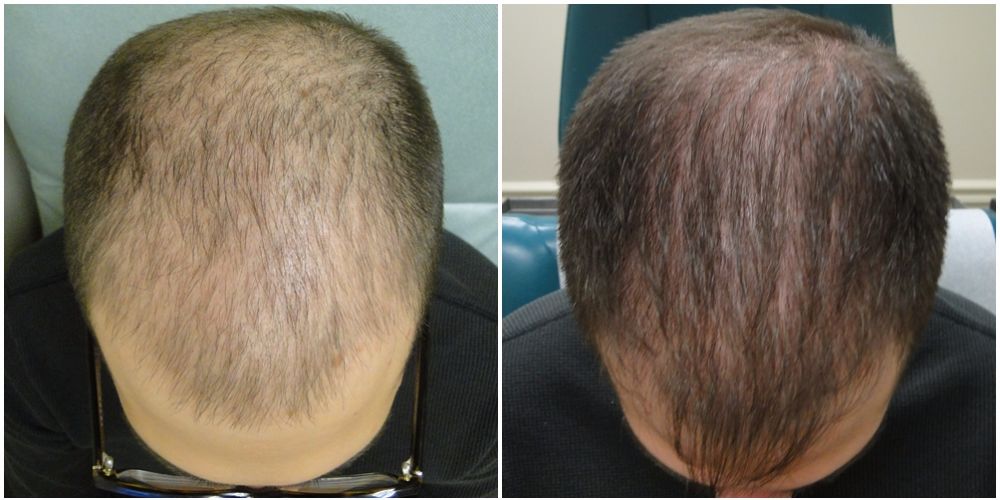
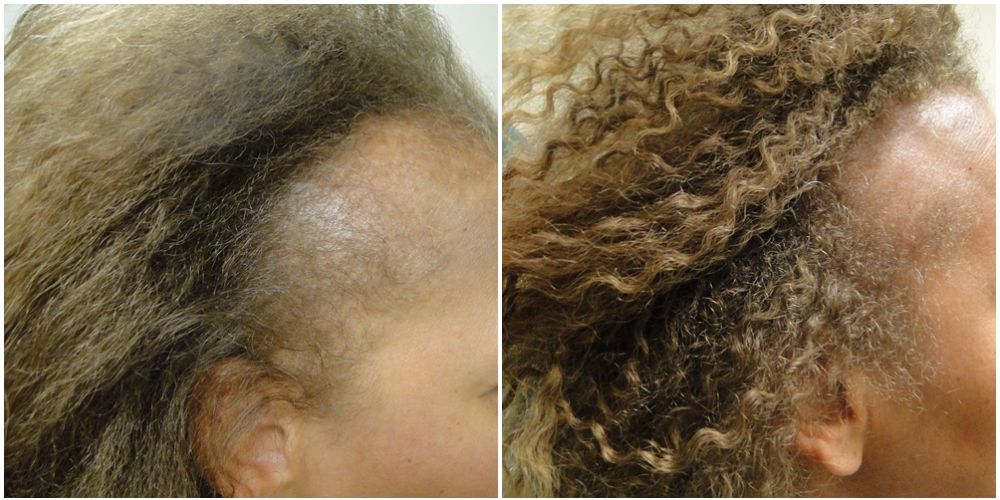
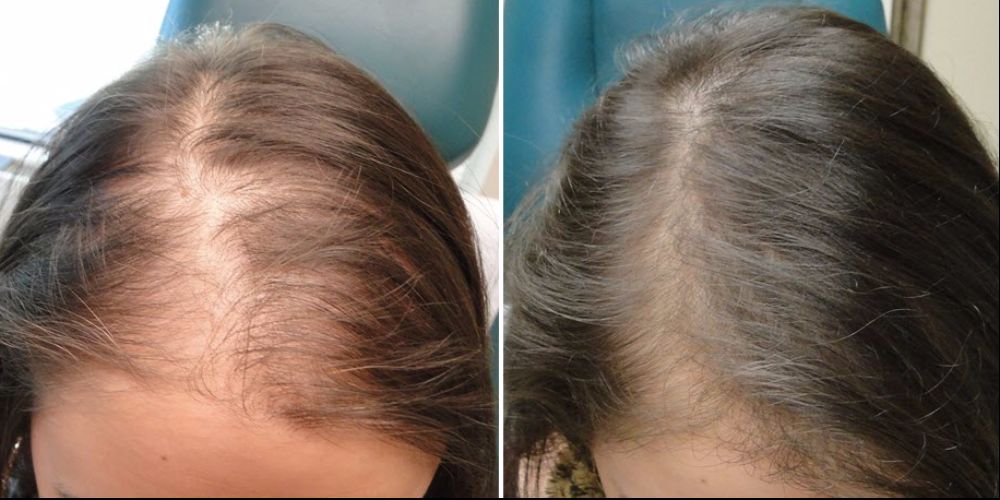
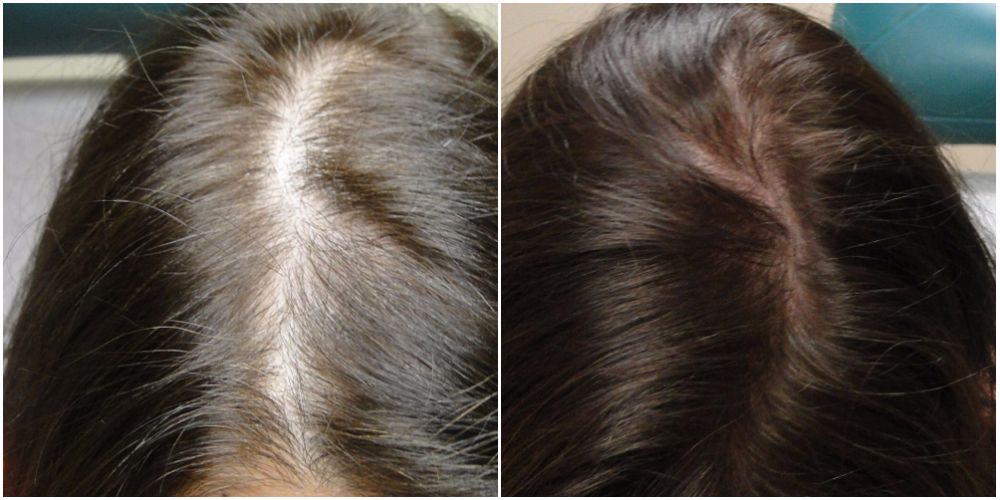
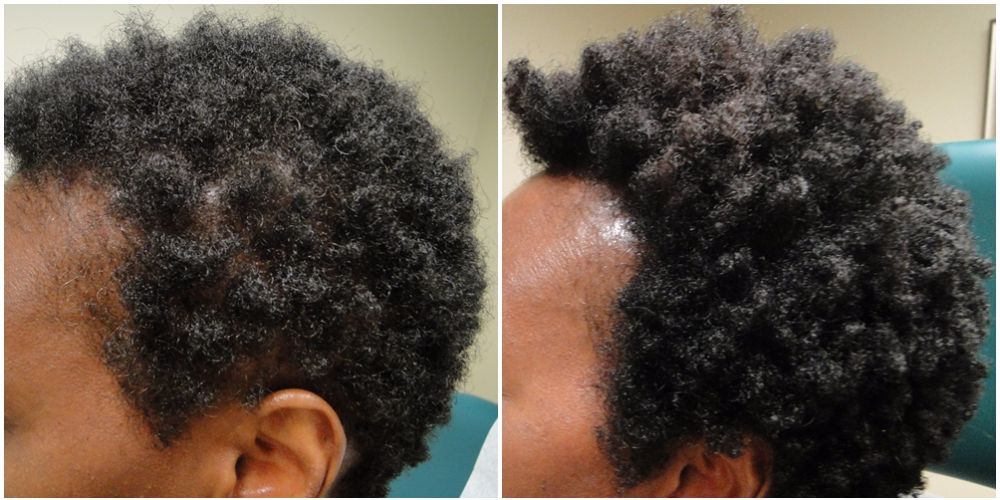
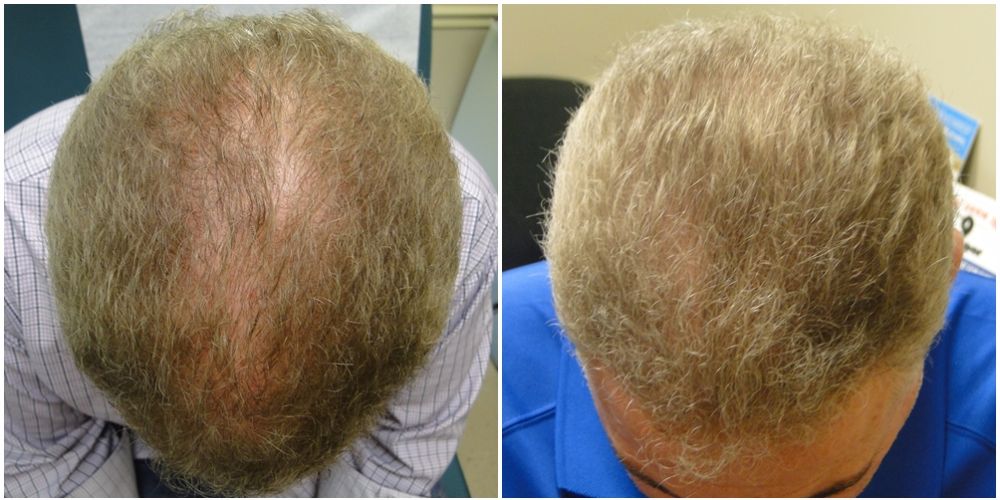
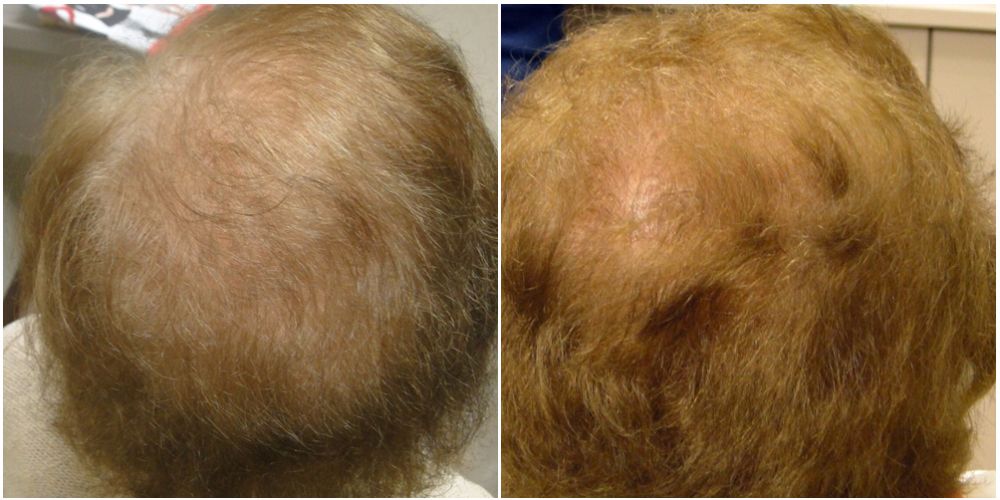
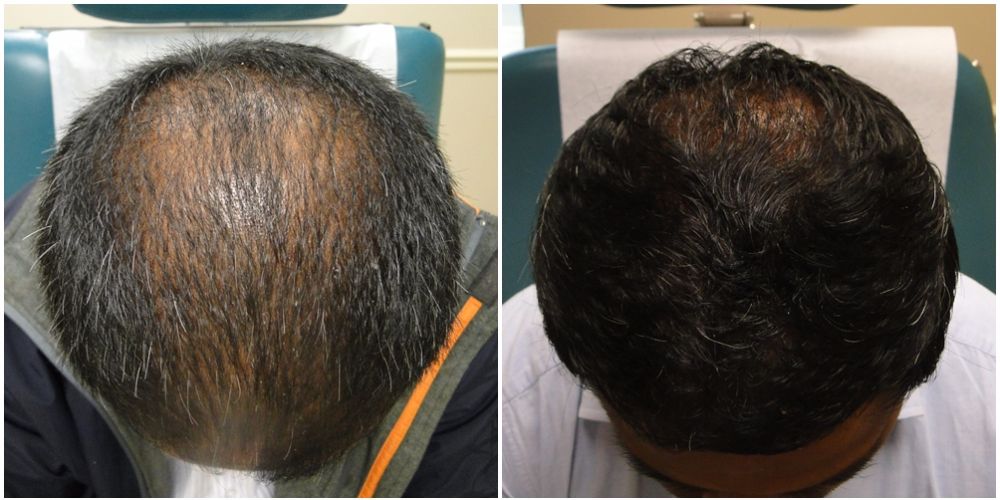
Criticism of PRP injection treatments for hair loss
“Studies supporting the value of platelet-rich plasma are insufficient,” says Beverly Hills surgeon Dr. Kenneth Steinsapir. “The public should view these treatments with skepticism.” Steinsapir emphasizes that there has simply not been enough evidence to support PRP as a treatment for rejuvenation or improved healing.
“Many people saw Kim Kardashian have a vampire facial on her show – that’s a skin treatment where PRP is applied to the skin and then the skin is aggressively punctured with a spiked roller covered with needles,” says Steinsapir.
“The public should view these treatments with skepticism.”
-Dr. Kenneth Steinsapir
While many support this procedure as an effective alternative to popular skin resurfacing techniques, “unfortunately, the evidence is just not there,” he adds.
Furthermore, he questions the validity of research that has been published, stating that the science behind PRP for hair grafting is “very weak” and not compelling. “The few studies on the use of PRP for hair grafting are poorly designed. They claim that the areas treated with PRP show faster hair growth but the actual differences are not meaningful.”
Steinsapir holds that there is simply no evidence that PRP can be described as a breakthrough. “Even the best investigations simply fail to substantiate its role. At best, one can say that the proponents of PRP are unscientific, and at worst are fraudulent, looking to take advantage of the gullibility of the public for a profit motive.”
The major downside to PRP is “its failure to live up to the promises and hype,” concludes Steinsapir.
“With so many truly safe and effective treatments, it is unethical to promote services that are not effective,” he says. “It is the responsibility of surgeons to offer scientifically sound treatments, and not traffic in ineffective services that separate people from their hard-earned money with little hope of achieving what is promised.”
Although Lam believes in PRP’s effectiveness as a hair loss treatment, he does not recommend it as a skin rejuvenation procedure.
“I did not feel I was seeing significant improvement as an adjunctive measure, nor did I not see improved fat grafting survival following the use of PRP, which I did for about a year,” says Lam.
He does however see promise in stromal vascular fraction (SVF), the process of extracting stem cells and growth factors from liposuctioned fat.
“I believe that the quantity and the quality of platelet-rich plasma are vital to achieve excellent outcomes,” says Lam. “The future, at this point, for facial rejuvenation and possibly for hair rejuvenation may be in the use of PRP combined with stem cells from the stromal vascular fraction of adipocytes.”
So, does PRP work?
While PRP treatments seem to hold promise, particularly for certain narrow applications, there is still a healthy amount of skepticism in the medical community. This is a normal part of all new procedures.
More research is constantly being done on PRP. This will persist for as long as the treatment continues to be the frontier of medical science and even beyond. Facial plastic surgeons will undoubtedly keep playing an important role in this brave new world of regenerative medicine.







